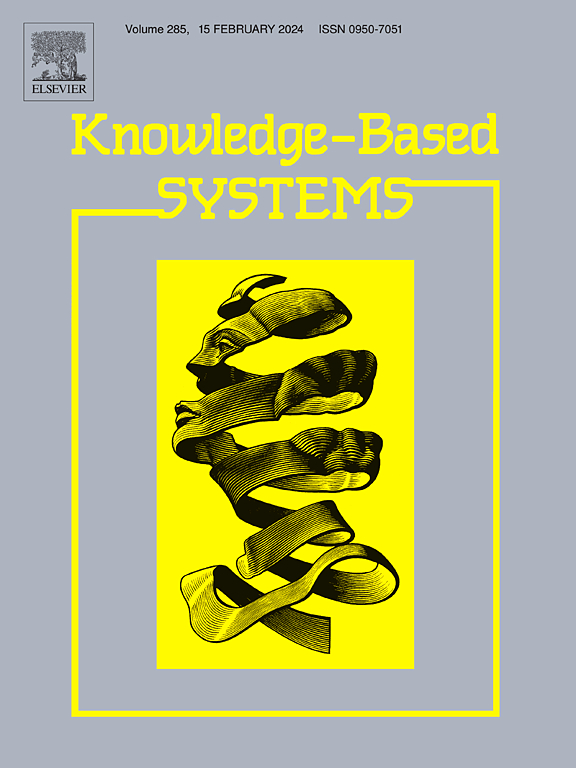Revisiting representation learning of color information: Color medical image segmentation incorporating quaternion
IF 7.2
1区 计算机科学
Q1 COMPUTER SCIENCE, ARTIFICIAL INTELLIGENCE
引用次数: 0
Abstract
Currently, color medical image segmentation methods commonly extract color and texture features mixed together by default, however, the distribution of color information and texture information is different: color information is represented differently in different color channels of a color image, while the distribution of texture information remains the same. Such a simple and brute-force feature extraction pattern will inevitably result in a partial bias in the model's semantics understanding. In this paper, we decouple the representation learning for color-texture information, and propose a novel network for color medical image segmentation, named CTNet. Specifically, CTNet introduces the Quaternion CNN (QCNN) module to capture the correlation among different color channels of color medical images to generate color features, and uses a designed local-global texture feature integrator (LoG) to mine the textural features from local to global. Moreover, a multi-stage features interaction strategy is proposed to minimize the semantic understanding gap of color and texture features in CTNet, so that they can be subsequently fused to generate a unified and robust feature representation. Comparative experiments on four different color medical image segmentation benchmark datasets show that CTNet strikes an optimal trade-off between segmentation accuracy and computational overhead when compared to current state-of-the-art methods. We also conduct extensive ablation experiments to verify the effectiveness of the proposed components. Our code will be available at https://github.com/Notmezhan/CTNet.
重新审视色彩信息的表征学习:结合四元数的彩色医学图像分割
目前,彩色医学图像分割方法通常默认将颜色和纹理特征混合在一起提取,但颜色信息和纹理信息的分布是不同的:颜色信息在彩色图像的不同颜色通道中表现不同,而纹理信息的分布则保持不变。这种简单粗暴的特征提取模式难免会造成模型语义理解的局部偏差。在本文中,我们将颜色和纹理信息的表示学习解耦,并提出了一种用于彩色医学图像分割的新型网络,命名为 CTNet。具体来说,CTNet 引入了四元数组 CNN(QCNN)模块来捕捉彩色医学图像不同颜色通道之间的相关性以生成颜色特征,并使用设计的局部-全局纹理特征集成器(LoG)来挖掘从局部到全局的纹理特征。此外,还提出了一种多级特征交互策略,以最大限度地缩小 CTNet 中颜色和纹理特征的语义理解差距,从而使它们能够在随后的融合过程中生成统一而稳健的特征表示。在四个不同的彩色医学图像分割基准数据集上进行的对比实验表明,与目前最先进的方法相比,CTNet 在分割准确性和计算开销之间实现了最佳权衡。我们还进行了广泛的消融实验,以验证建议组件的有效性。我们的代码将发布在 https://github.com/Notmezhan/CTNet 网站上。
本文章由计算机程序翻译,如有差异,请以英文原文为准。
求助全文
约1分钟内获得全文
求助全文
来源期刊

Knowledge-Based Systems
工程技术-计算机:人工智能
CiteScore
14.80
自引率
12.50%
发文量
1245
审稿时长
7.8 months
期刊介绍:
Knowledge-Based Systems, an international and interdisciplinary journal in artificial intelligence, publishes original, innovative, and creative research results in the field. It focuses on knowledge-based and other artificial intelligence techniques-based systems. The journal aims to support human prediction and decision-making through data science and computation techniques, provide a balanced coverage of theory and practical study, and encourage the development and implementation of knowledge-based intelligence models, methods, systems, and software tools. Applications in business, government, education, engineering, and healthcare are emphasized.
 求助内容:
求助内容: 应助结果提醒方式:
应助结果提醒方式:


